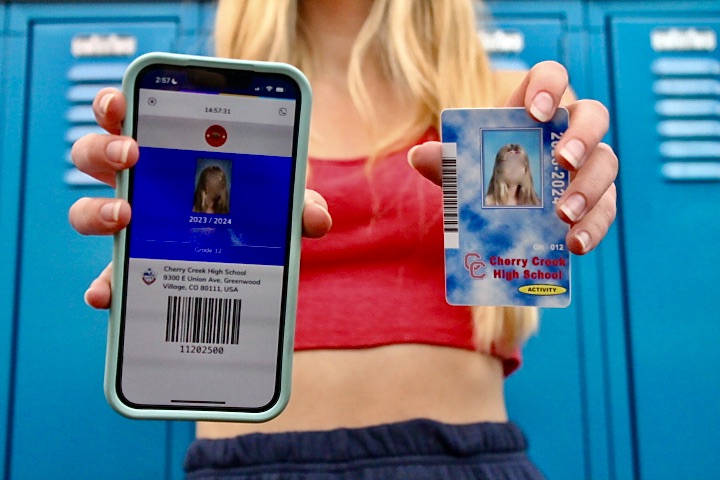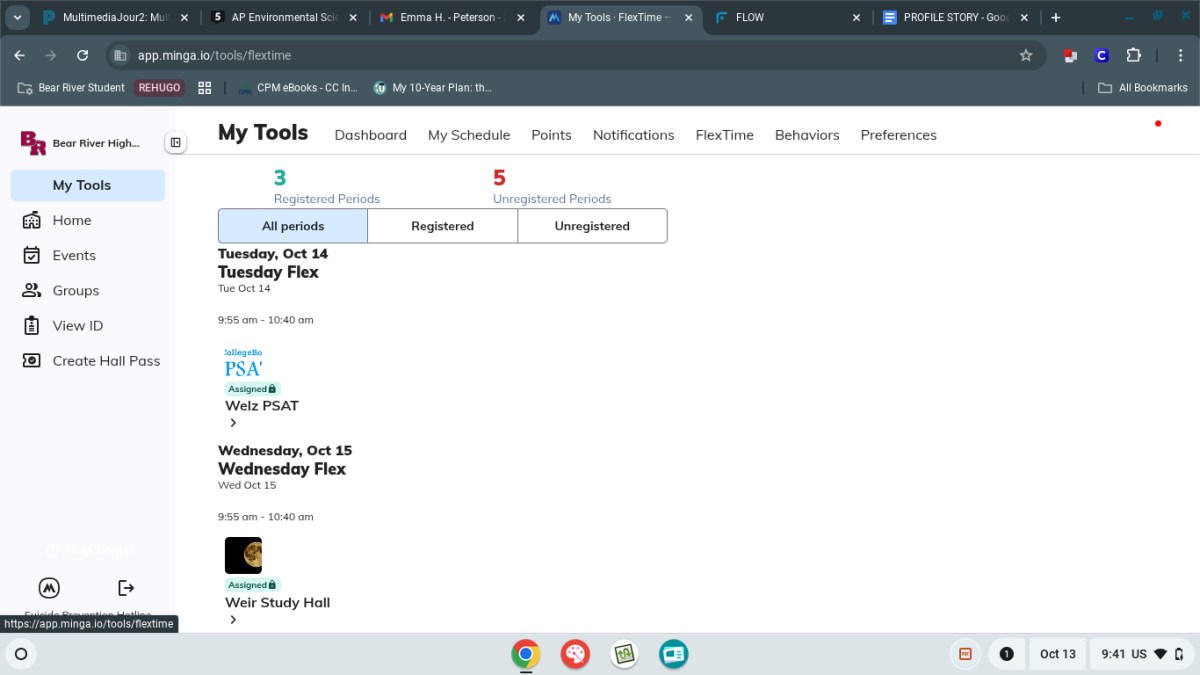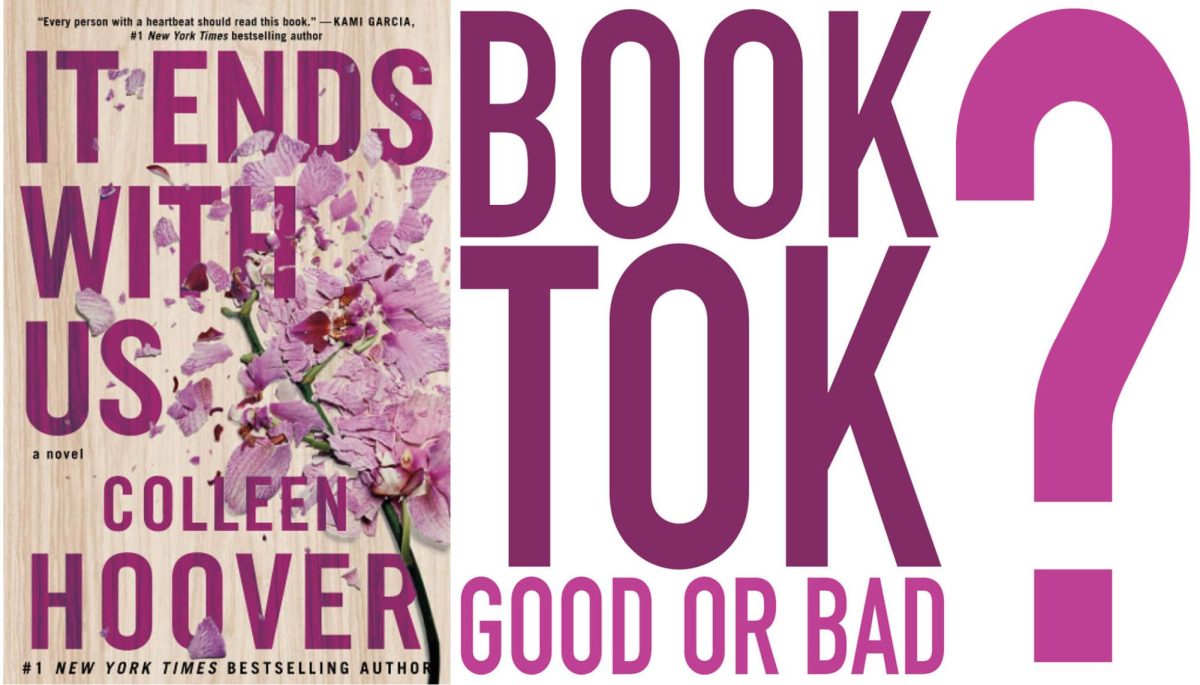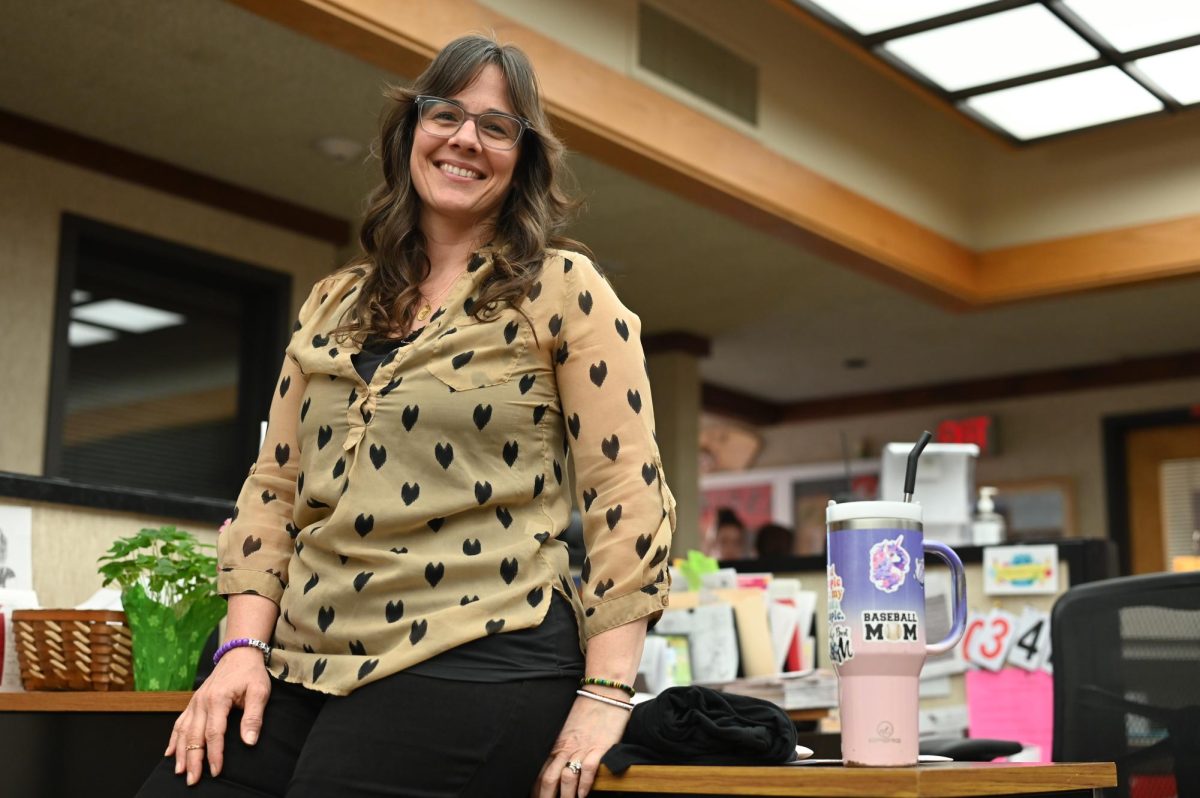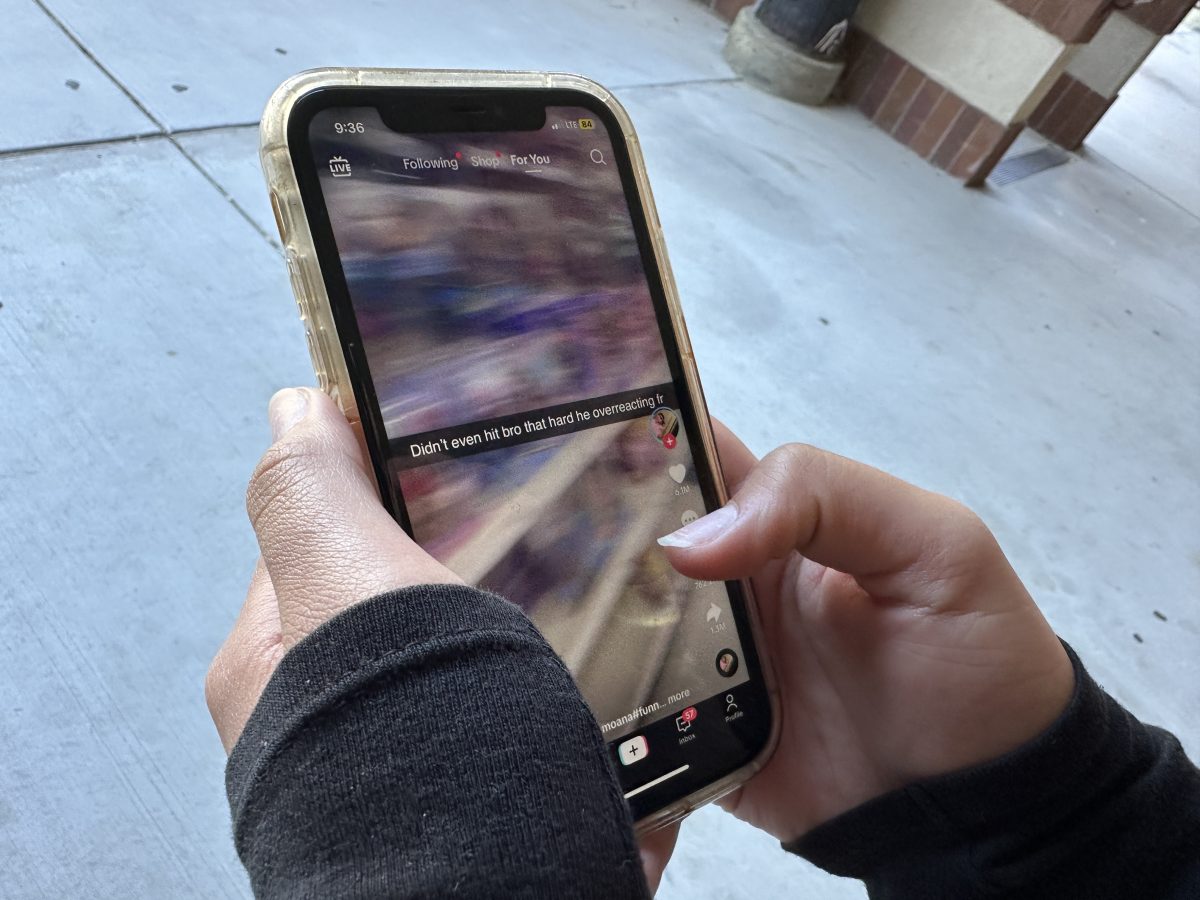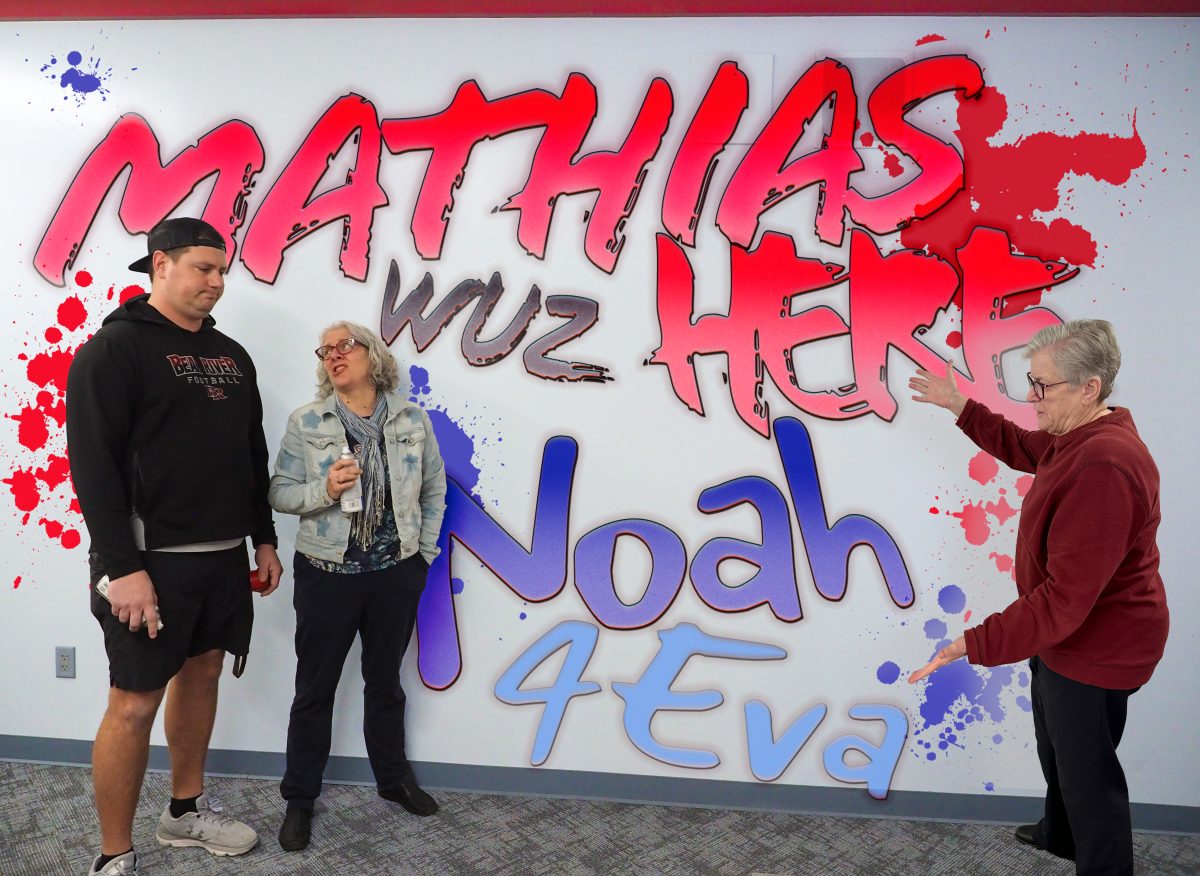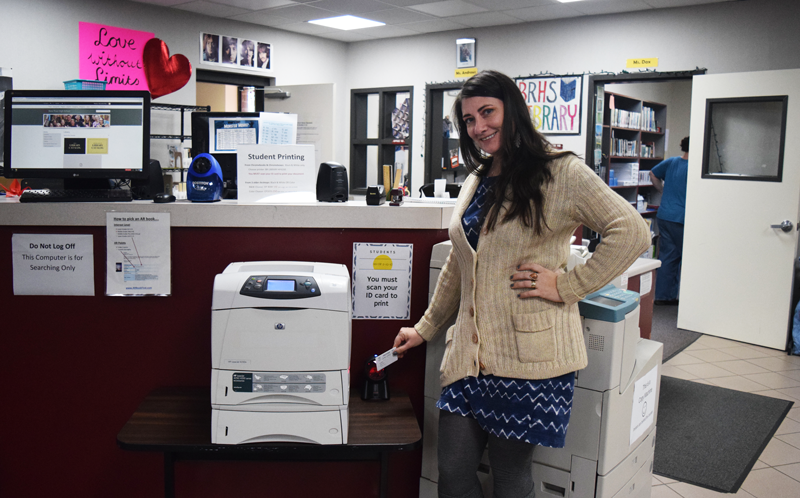Bear River is really raising the bar code with the implication of a new printing system.
On February 14, Bear River implemented a new printing system which minimizes wasted paper and ink, but it has a few problems that the administration plans to improve upon.
District Official Bob Lyons described the new system.
“The new system, on selected printers, is called ‘print release,’” explained Mr. Lyons, the head of technology in the district. “When a student prints to the printer in the library from a chromebook, the print server ‘holds’ the print job until the student ‘releases’ the print job by scanning their student ID card on the scanner located next to the printer.”
Students went on to voice their opinions on the new system.
“Kinda strange, but quite helpful,” said Austin Sauer, a junior.
“I think it’s a good thing because it’s efficient and provides for better organization,” exclaimed Paris Drake, a senior.
Mr. Lyons detailed the workings of the system.
“Students choose the ‘BR Library HP4250’ printer to print their document, then the student would walk to the printer and scan their ID card at the scanner next to the printer.” said Mr. Lyons. “Once the ID card is scanned, the printer will process the print job.”
Librarian Josie Andrews discussed the issues of the previous printing system.
“The Technology Department put it in place because students were printing lots of pages and not picking them up, and that was a waste of ink and paper resulting in more expense,” explained Mrs. Andrews.
Mr. Lyons went on to explain how it fixes the problem of materials being wasted.
“Students must retrieve their print job within 120 minutes or the job gets deleted, and the max print job is 50 pages,” stated Mr. Lyons.
“It doesn’t waste as much ink,” agreed Ashley Wiversoll, a junior.
Though the financial issue is solved, Mrs. Andrews talked about another issue that has appeared.
“It’s not going well right now because kids aren’t bringing their ID cards,” explained Mrs. Andrews. “(Also), staff can’t print from Chromebooks because they don’t have ID cards.”
Mr. Lyons continued to discuss the great improvement thanks to the new system.
“It actually seems to be working great (because), we’ve reduced the paper waste and saved money on the laser toner cost,” stated Mr. Lyons. “(There have been) no complaints, though.”
Students still have suggestions on ways that the new system can further be improved.
“Instead of using cards we can use (or type in) our ID numbers,” emphasized Sauer.
“Wouldn’t it be cool if we had some app on our phones that has your ID card information since you always have your phone?” stated Drake.
Mr. Lyons, already anticipating such ideas, is making plans to implement them into the new system as well.
“Very few school districts in the region are printing from chromebooks, so we’ve taken that one step further by adding print release, and our plan is to add more shared staff and student printers so it will be convenient for all,” said Mr. Lyons. “We are also exploring other print release options using a keypad (students/staff enter their ID #) or a RFID (proximity) card that gets scanned for staff.”
Mrs. Andrews is in agreement with others, but still believes the system just needs a bit more time for people to get used to it.
“I think that it’s going to be hard to get used to the new system but once they do they will have much more control,” she said.


